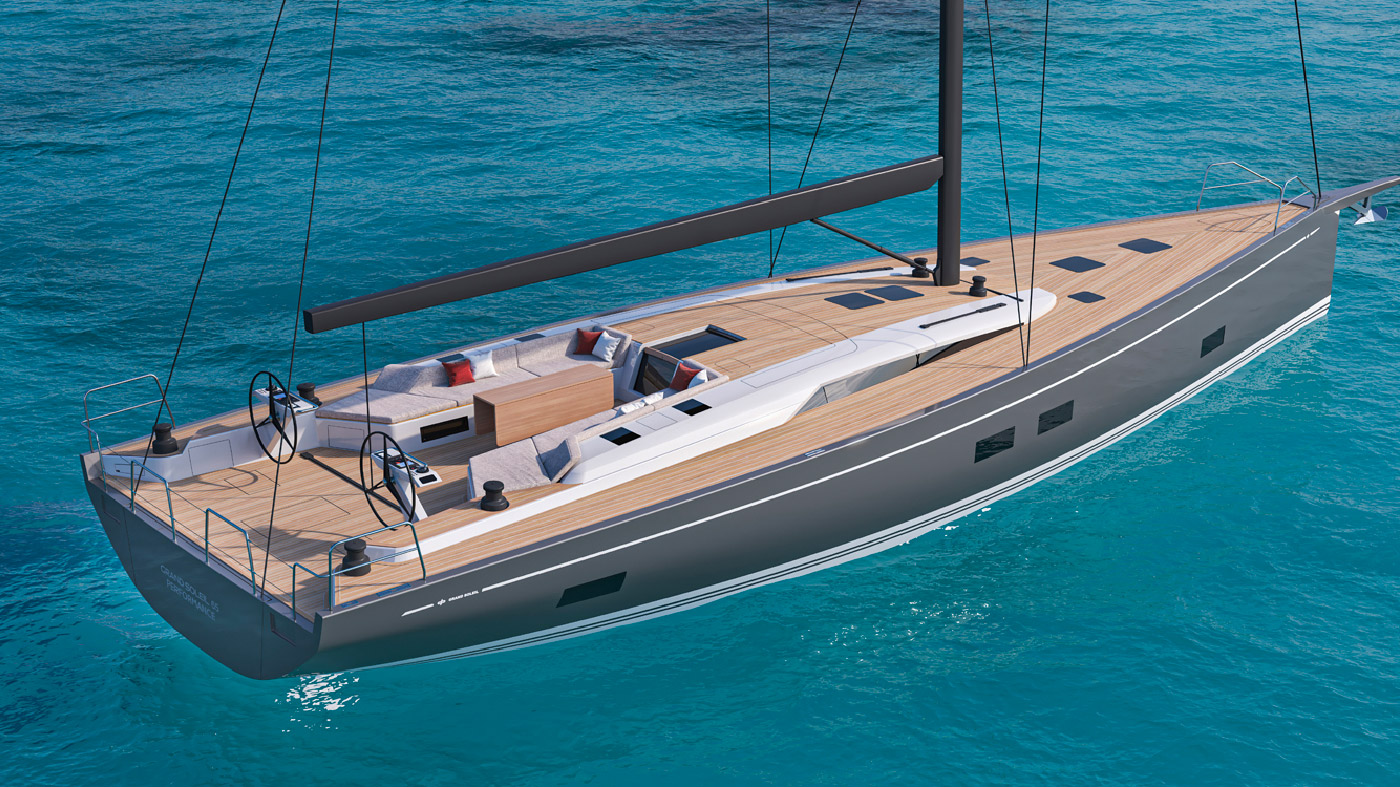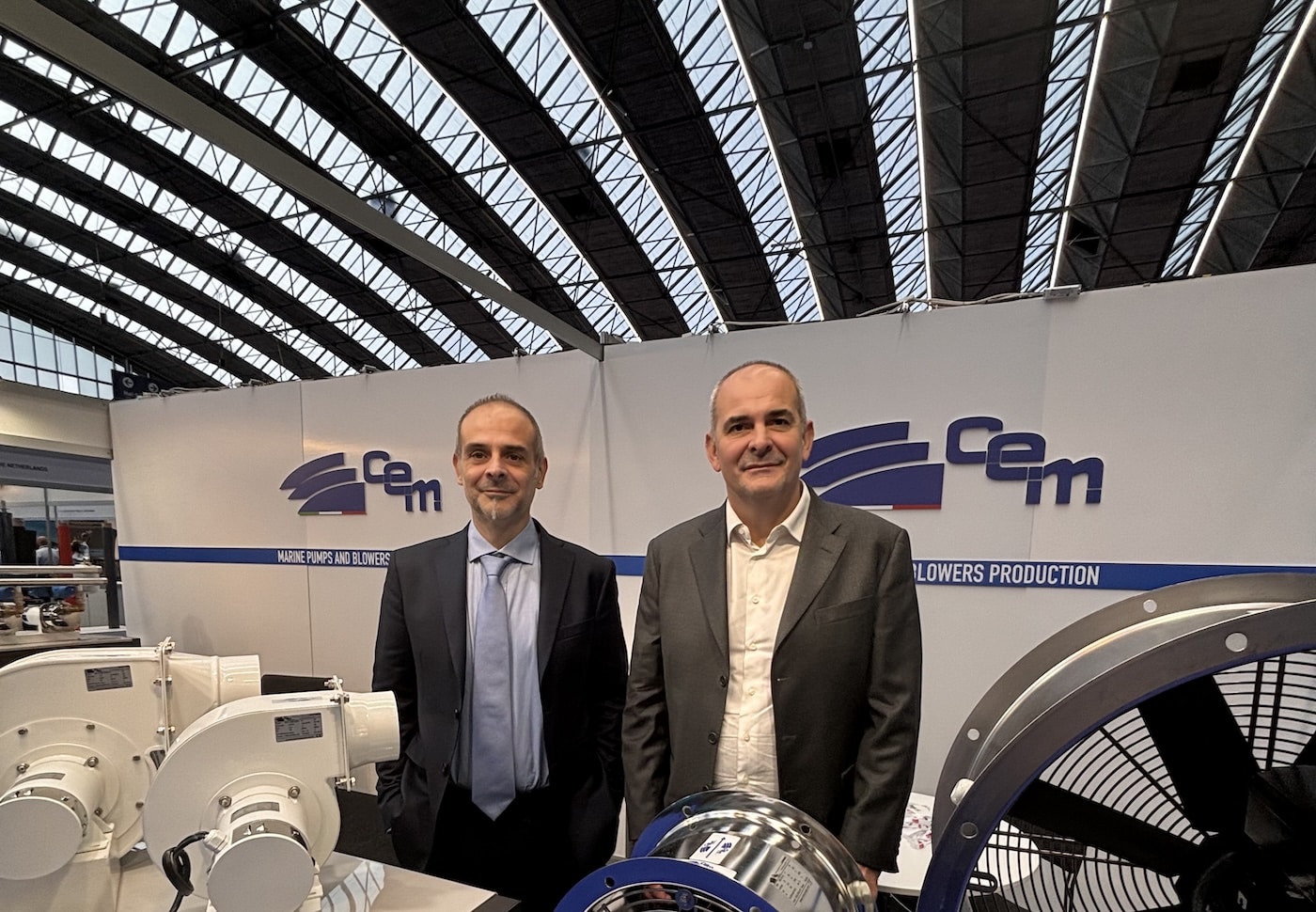Autopilot is an essential electronic device, a sort of additional crew member which even deserves a name ( Guido is the most popular one). However, it is often the last tool to be changed or updated, partly because it is hidden under the wheel house, partly because it seems so reliable we won’t to change it. But instead…
But instead, on our lab-boat, we tested it for over 40 days and more than 1000 miles. Our “Guido” has proved to be transformed and really improved.
Our boat already had an EV 200 pilot with p70 control unit but we asked Raymarine for a new multi-function a- series 7-inch display (whose test will be published later) and new Lighthouse II R17 software.
First point: installing the new Lighthouse version is completely free and user-friendly. You only have to connect the display to the onboard network and the software will be installed authomatically. Tools communicate to each other immediately and
Second point: updating makes Guido a new better man…oops, pilot!
We were astonished by its precision and rapid response. The result is a sense of “softness”, a better comfort, a lower batteries consumption and a lower system wear, whether you are sailing or using engine. We used our Guido every day without any problem, even in conditions of rough sea and high waves.
For example, we left from Calvi to Varazze with an about 20-knot mistral; Guido seemed to anticipate the rudder moves and it was simply great.
Moreover, the device has an excellent interface and it is provided with all new Raymarine functions.
In conclusion, we sailed with one among the best autopilots available on the market and, above all, we updated it completely free. Moreover, Lighthouse II- R17 version includes many functions, such as Autorouting, SonarChart Live Navionics, GRIB View, C-MAP Actice Captain Support, Entertainment Device Control NMEA2000 with Rockford Fosgate integration, CHIRP SideVision waypoint placement, Digital Switch and Fusion Link.



























